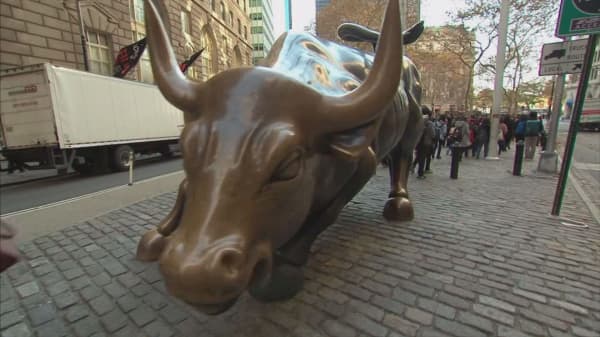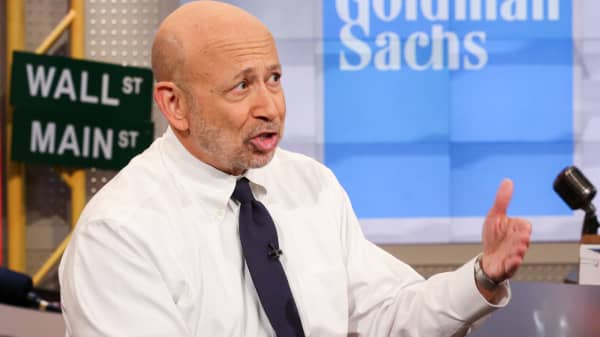The Federal Reserve announced on Wednesday that it would start to unwind its massive $4.6 trillion balance sheet, as it embarks on its long awaited plan to normalize monetary policy.
As the central bank of the United States, the Fed does not have to follow the normal rules generally applied to financial institutions and it is exempt from the requirements that virtually all other global central banks must adhere to. But what if it were required to act as a private financial institution and it was not immune to all normal rules of finance? How would it be evaluated?
My view is that it would be regarded as an insolvent savings and loan institution with a terribly mismatched balance sheet that was headed for meaningful trouble. The fact that this is ignored when reviewing the agency's policy initiatives is surprising and a serious mistake.
S&L characteristics
The savings and loan companies of old captured deposits from individuals and institutions. By law they could only invest this money in government backed securities and mortgages. By and large that is how the Fed's balance sheet is constructed. The latest numbers show that the FRB balance sheet has $4.5 trillion in assets. These assets are composed of $2.5 trillion in Treasury securities, $1.8 trillion in mortgage backed securities, and $0.2 trillion in other holdings like gold for example. This balance sheet in its broad form is very, very similar to an S&L.
Insolvent
One of the problems that the S&L's had was that they could not sell the mortgages that they held. Thus, they were insolvent. Well guess what? The Fed cannot sell it mortgage backed securities either.





